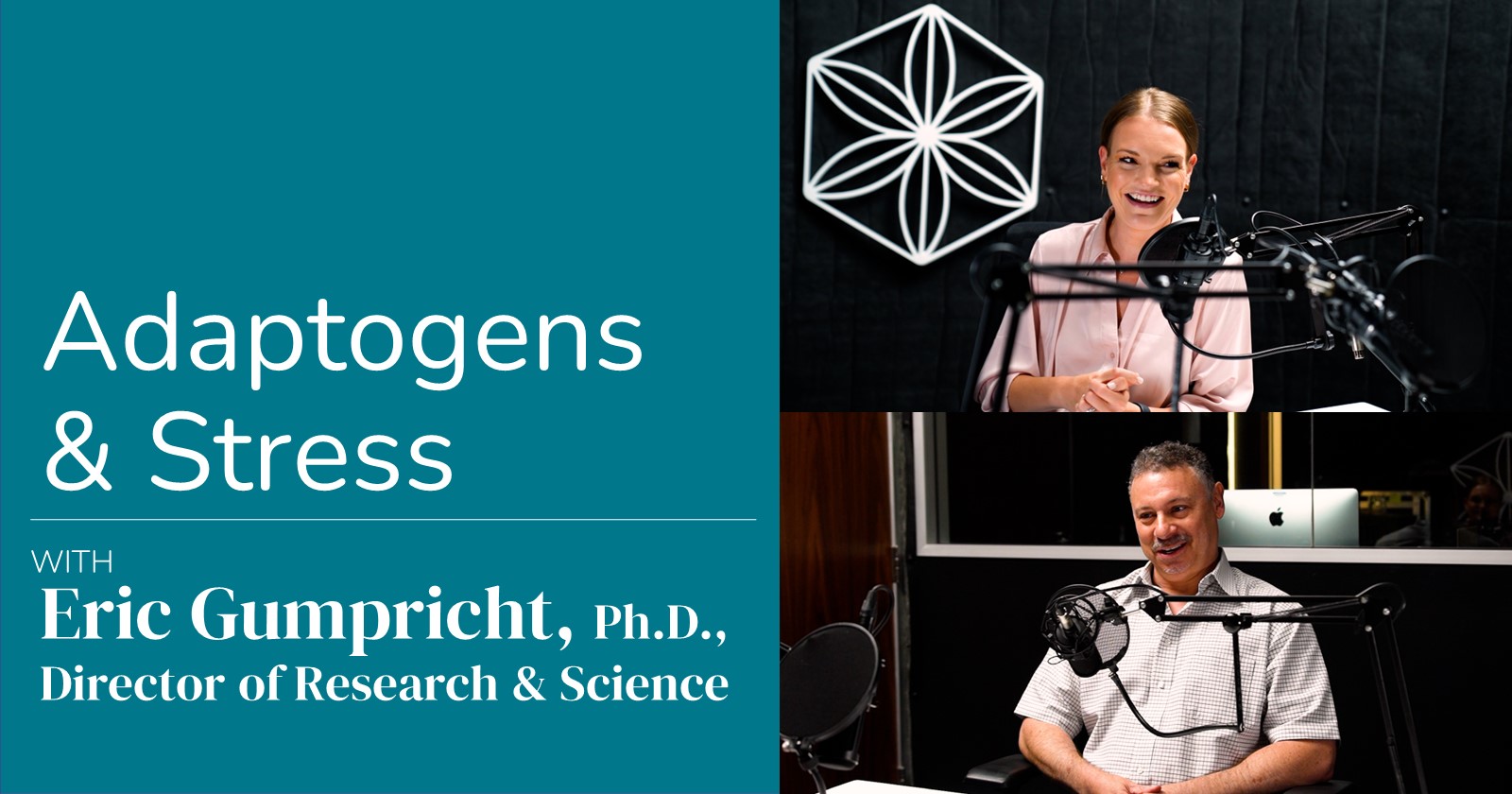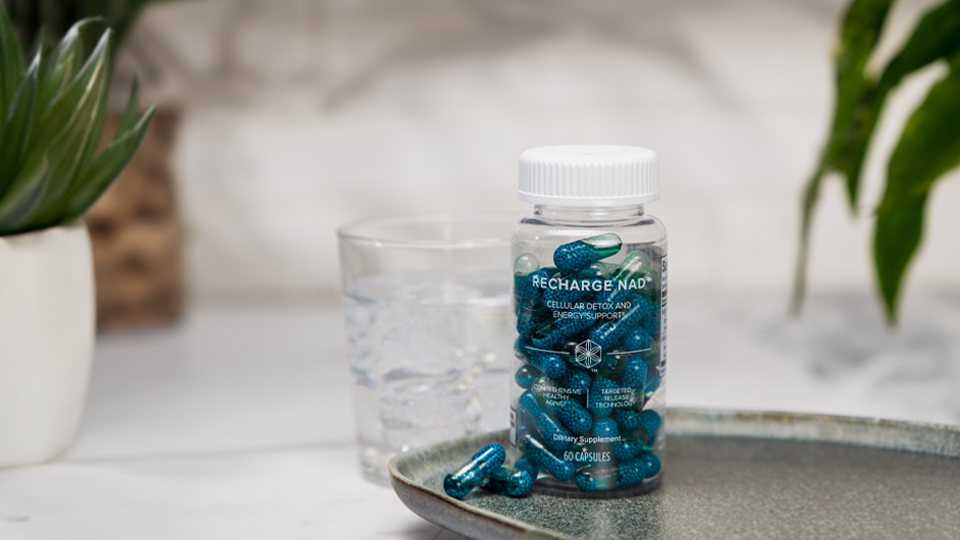Was your coffee made with moldy coffee beans? You may not have considered this question before, but research suggests you should think about it the next time you purchase coffee.
The answer depends on whether or not the coffee beans have been properly sourced, processed, and tested for mycotoxins—the toxic substances produced by some types of mold. Coffee is one of the foods that is most susceptible to contamination by mycotoxins, and coffee producers do not routinely test for these contaminants.
A study published in the journal Food Control indicates that mycotoxin contamination could be widespread in commercially available coffee(1).
Understanding Mycotoxins
Mycotoxins are compounds produced by filamentous fungi, commonly referred to as mold, which pose health risks when exposure levels are high. Mycotoxin-producing molds are abundant in the environment and are common in many agricultural food products including grains, dried fruit, and peanuts (2).
Improper handling and storage of these foods can promote the growth of molds and the production of mycotoxins. Aflatoxin is one type of mycotoxin that can be produced when foods are stored under conditions of high humidity and temperature and has also been associated with liver disease (3). A second type of mycotoxin, ochratoxin, is toxic to the kidneys at high exposure levels (3).
The molds that produce ochratoxin grow in a variety of conditions, but are more commonly found in low-quality coffee that is harvested, processed, or stored using inferior methods, such as leaving harvested coffee to dry on the ground in contact with soil (4). Because roasting contaminated coffee beans does not destroy mycotoxins, once contamination occurs, mycotoxins remain in the finished product (1).
University Study Detects High Levels of Mycotoxins in Coffee
Scientists at the University of Valencia in Spain identified the presence of mycotoxins in nearly 100 samples of commercial brands of coffee that were purchased from local supermarkets (1).
Among the samples that the researchers tested, five contained levels of mycotoxins that were higher than the maximum allowable limit set by government regulations. The results indicated that mycotoxin contamination is widespread in commercial coffees.
In their study, the researchers purchased a variety of coffee from local supermarkets including regular, decaffeinated, ground, and instant coffee products. Only four out of the 103 samples the researchers analyzed were mycotoxin-free.
Among the samples that tested positive for mycotoxins, some contained only small amounts while others contained much higher levels. There was no difference in mycotoxin contamination between the different types of coffee tested. Five of the samples had high levels of mycotoxin contamination exceeding the maximum limit set by the European Union.
The Impact on Coffee Safety
Previous research has found that low-quality coffee is at a higher risk for mycotoxin contamination. Poor practices during harvesting, drying, processing, and storage can promote the growth of mold and increase the presence of mycotoxins (4).
The levels of mycotoxins that researchers detected in the Spanish study are low relative to the levels of mycotoxin exposure associated with serious health effects. For example, in the World Health Organization’s report on the toxic effects of mycotoxins, a serious illness was identified in two individuals who inhaled large amounts of contaminated dust while cleaning a moldy grain silo (3).
The University of Valencia researchers note that further research is necessary to evaluate the health risks from exposure to mycotoxin contamination in coffee.
The Isagenix Difference: “No-Compromise” Quality
As part of Isagenix no-compromise quality, Isagenix Coffee is tested for mycotoxins, including testing for both aflatoxin and ochratoxin. Isagenix Coffee is also tested for other potential toxins such as pesticides and heavy metals.
References
- García-Moraleja A, Font G, Mañes J, Ferrer E. Simultaneous determination of mycotoxin in commercial coffee. Food Control. 2015;57: 282-292.
- Afsah-Hejri, L, Jinap, S, Hajeb, P, Radu, S, Shakibazadeh, S. A review on mycotoxins in food and feed: Malaysia case study. Comp Rev Food Sci Food Saf, 12, 629-51.
- Peraica M, Radić B, Lucić A, Pavlović M. Toxic effects of mycotoxins in humans. Bull World Health Organ. 1999;77(9):754-766.
- Taniwaki MH, Pitt JI, Teixeira AA, Iamanaka BT. The source of ochratoxin A in Brazilian coffee and its formation in relation to processing methods. Int J Food Microbiol. 2003;82:173-179.





